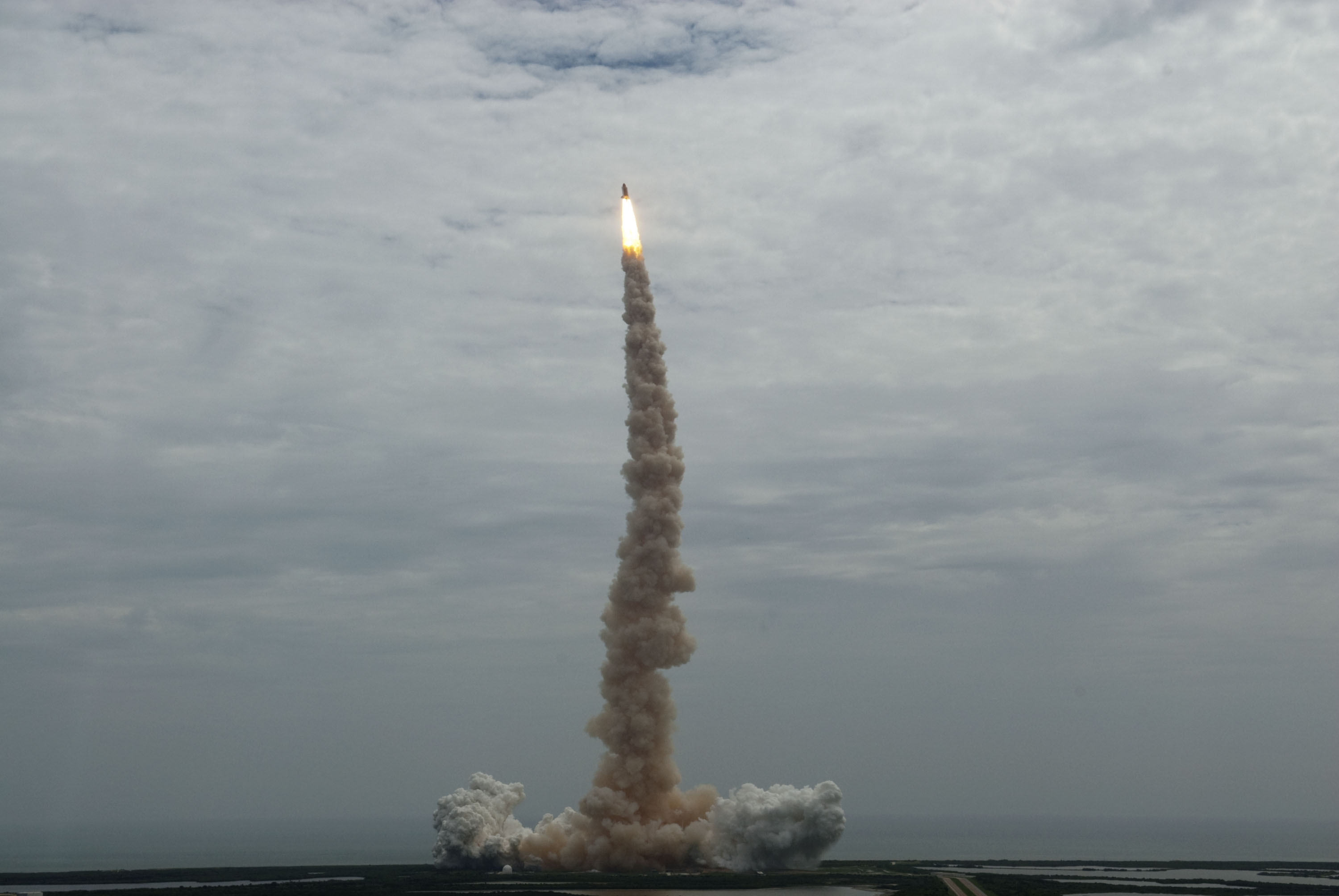
For missions with a particularly heavy payload, the two Orbital Maneuvering System (OMS) engines could be fired during ascent to help the shuttle aloft. The SSMEs would continue to burn fuel from the ET until about eight and a half minutes after liftoff.
#SHUTTLE LAUNCH FULL#
When the countdown reached 0, the SSMEs would be at full power and the two Solid Rocket Boosters (SRB) straddling the ET would ignite to initiate liftoff.Ībout two minutes into the flight, the SRBs would burn out and then be jettisoned. At “T minus 6 seconds”, the three Space Shuttle Main Engines (SSME) began burning liquid oxygen and liquid hydrogen from the huge External Tank (ET) attached to the orbiter’s belly. An Abort for (Almost) Every Occasionīefore we dissect the RTLS scenario, an overview of the nominal launch sequence and the entire abort menu is prudent. All of the other flights cleanly avoided the dubious honor of settling the RTLS bet. In the case of 51F, they safely made a lower-than-planned orbit and carried out the mission. Of the 135 Space Shuttle launches, only one (STS-51F on 7/29/85) experienced an abort-inducing failure during ascent. The good news is that the shuttle’s retirement has made the RTLS argument merely an academic one. Even the man who commanded the first Space Shuttle flight (STS-1), astronaut John Young, expressed that “RTLS requires continuous miracles interspersed with acts of God to be successful.” Skeptics claimed that the RTLS checklist was nothing more than busywork to distract the astronauts as they rode out an irreversible doom. Throughout the Shuttle program’s 30-plus years, there was continuous debate over the validity of the RTLS scenario. In actuality, there is much more to it than that. It sounds easy, right? Surely, it’s just like going back home to make sure you turned off the oven. Fortunately, cooler heads prevailed.Īs the name implies, RTLS was a plan to land a malfunctioning Space Shuttle on the runway at Kennedy Space Center (KSC) in the shadow of the launch pad that it recently departed.

The first space shuttle mission was briefly considered as an intentional RTLS test flight.


 0 kommentar(er)
0 kommentar(er)
